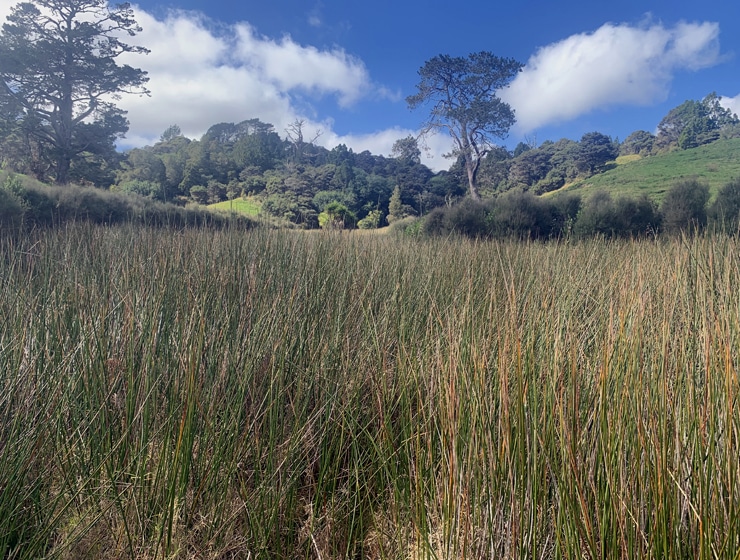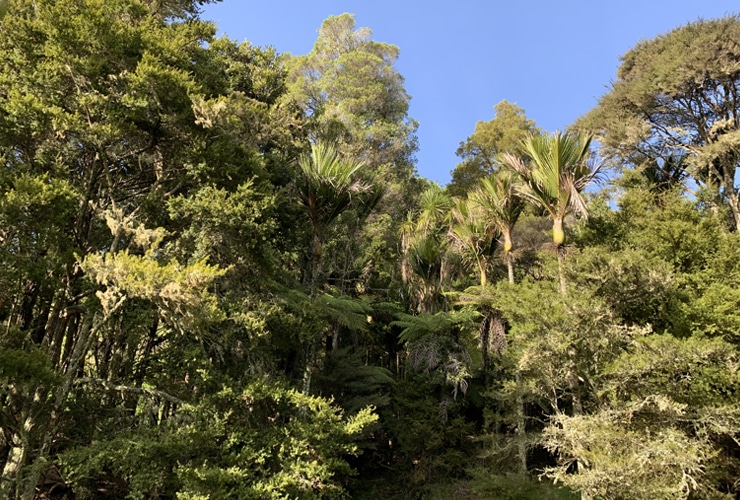Written by Myles Goodwin | Rural Subdivision Expert, Environmental and Planning Director | Cato Bolam Consultants
In this article we refresh the rural subdivision rules of the Unitary Plan and recent changes that affect how they are implemented. Subdivision rules, and just as importantly, how they are interpreted by Council, is generally a changing field. However, things have been relatively stable for a couple of years now.
Subdivision options for rural zones, excluding Countryside Living, are based on protecting native bush, protecting good quality wetlands or planting native bush. Therefore, if a property has over 4ha of good quality native bush, there is the basis for a subdivision, but noting that several other aspects have to be checked.
For wetlands, a 0.5ha area of good quality wetland gives the basis for a subdivision application. If a 0.5ha of wetland is present, and this is not good quality, then it can most likely be restored to good quality if degrading factors are removed. The most important of these is stock removal, as this then gives any native plants remaining the chance to expand naturally. Planting appropriate wetland species, if needed, can also assist in bringing an area of wetland back to a more natural state. Cato Bolam have been involved in wetland restoration projects for over 23 years now, so have accumulated a wealth of experience on how this can be done.
Bush planting is also an option, with a new title from 5ha, and up to three from 15ha. The planting has to link to an already significant area, being either a wetland or other bush, and cannot be on prime soils. This option works well on larger properties where the covenanting of a 5ha or 10ha area of marginal land has little effect on the value of the larger property following the subdivision. The above options all create many important environmental benefits.

The biggest recent change to rural subdivision is not related to the Unitary Plan, but has been the result of the introduction of the National Environmental Standards for Highly Productive Land (NESHPL). This NES means that new titles cannot be placed on soils that are classified as Class 1, 2 or 3, which are elite or prime soils. Substantial areas of prime soils are present in South Auckland, and lesser, but still large, areas to the north of the city. Auckland Council has a map available on their website that shows the extent of the prime soils, so this is now one of the first things to check in regard to whether a property can be subdivided. The Council maps overlay is a very broadscale study so will, in places, show prime or elite soils in places where they are not actually present. Therefore if, as the landowner, you know that an area of land that is shown as prime or elite is in practice not very good quality then it is worth getting a specialist on-site soils assessment to determine the land class. This report will assess the situation on a much finer scale and allow an assessment of where a title could be placed while avoiding prime or elite soils.

Our general advice is that if you are thinking of subdividing there is never an easier time than now, as our experience is that things get harder and harder as time passes, with new rules and regulations coming in that restrict what can be done, and what environmental enhancements can be supported by subdivision.
Myles Goodwin, Joshua Wium and the Cato Bolam team provide start to end subdivision services.
Please contact Myles for an obligation free discussion via [email protected] or [email protected]
Or get in touch with our team using the contact button below.

